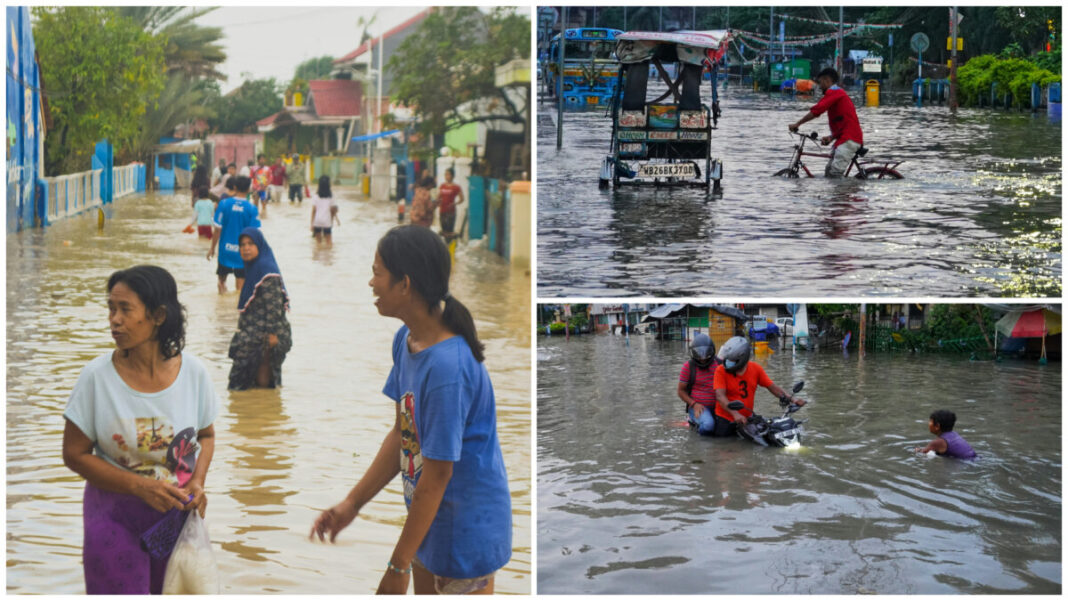On August 18, 2025, Cebu woke up to streets turned into rivers. In Bulacao, Talisay City, floodwaters rose before sunrise, and by rush hour, Metro Cebu was paralyzed. What should have been an hour-long commute stretched into five. Cars stalled, workers were stranded, students waited endlessly. Cebu stood still, drenched not just in water, but in helplessness.
Social Media as a Lifeline

When the roads failed, people turned to their phones. Facebook became the city’s flood map. TikTok showed submerged underpasses. Messenger chats became rescue lines. For those with strong signals, information became protection. They warned others, avoided danger, and found comfort in knowing they weren’t alone. But those without signal were left in silence, isolated, cut off from the very lifeline that could have kept them safe.
Lives Interrupted, Voices Online
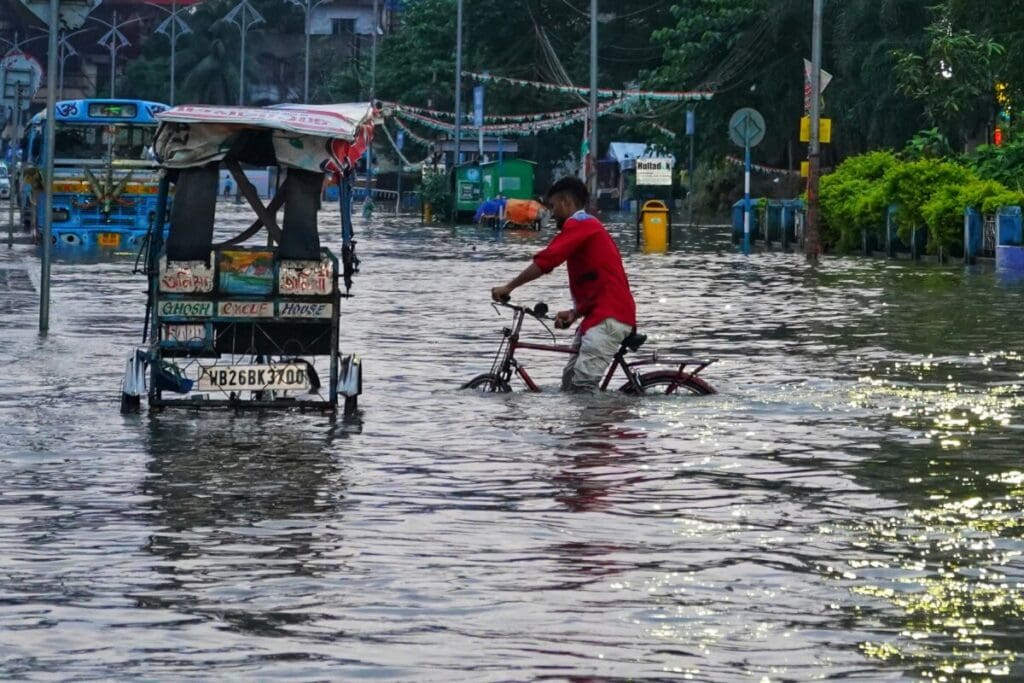
The flood did more than slow traffic, it disrupted lives. Workers lost wages, small businesses lost deliveries, and students lost learning hours. But online, communities worked to keep life moving. Parents shared updates about school suspensions. Entrepreneurs posted to reassure customers. Stranded commuters offered rides through group chats. In these moments, the online community became more than just voices, it became a force of solidarity, turning despair into shared strength.
The Government’s Broken Promises
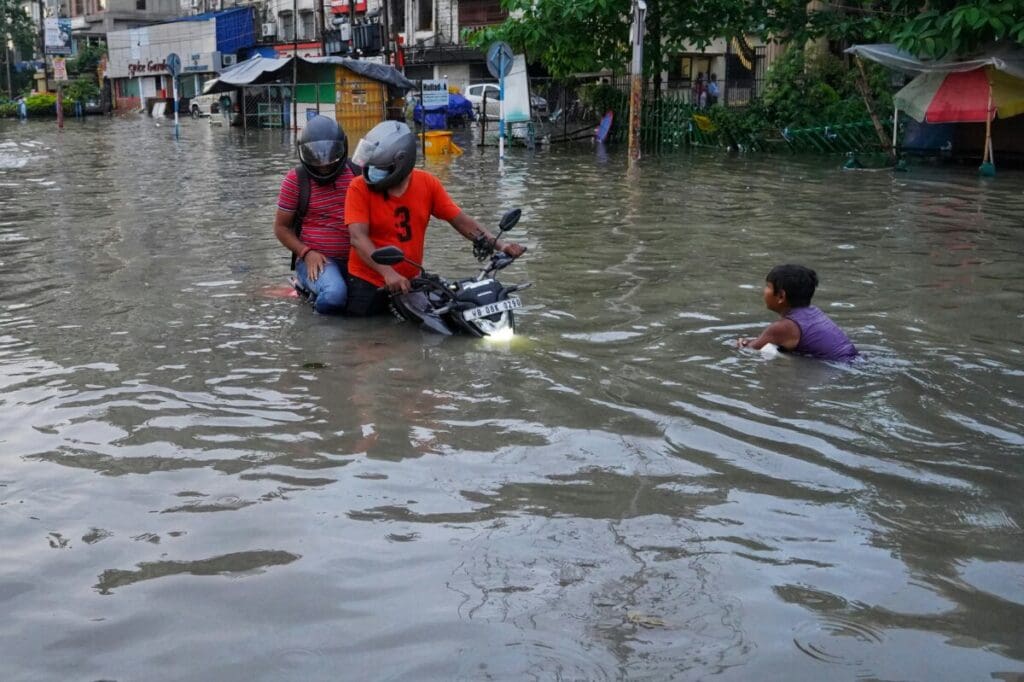
Officials admitted what the people have long known, Cebu’s drainage system is outdated, unfit for the climate reality we live in. Councilor Dave Tumulak once again called for water impounding, desilting, and reforestation. Following the collapse of a P90-million riprap in Mandaue City, which destroyed five homes, Cebu Governor Pamela Baricuatro has ordered an immediate probe into flood control projects throughout the province. But how many times must the same words be repeated? How many more projects must fail before accountability is real? While people suffer, the cycle of promises and delays continues.
The Power of Connection and Engagement
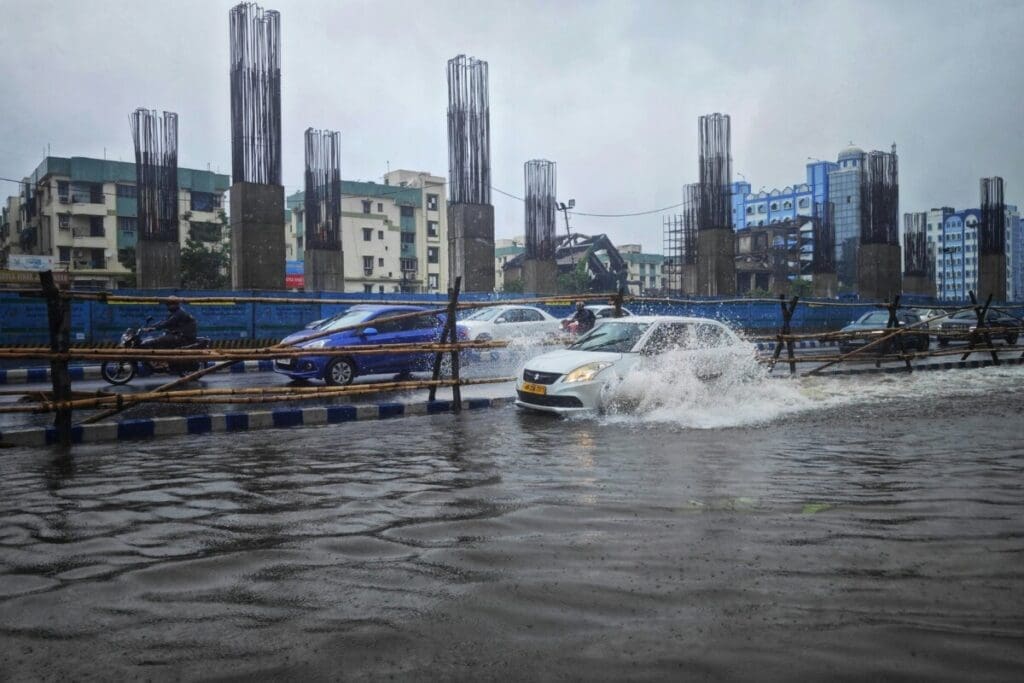
Every flood reveals the cracks in our systems. It shows us how social media spreads faster than official advisories, how ordinary citizens rise where leadership falls short. But it also shows the power of positive engagement. They help strangers warn one another, mobilize help, and pressure leaders to act. Connectivity, when used responsibly, transforms fear into action, and frustration into hope.
A Call for Accountability and Change
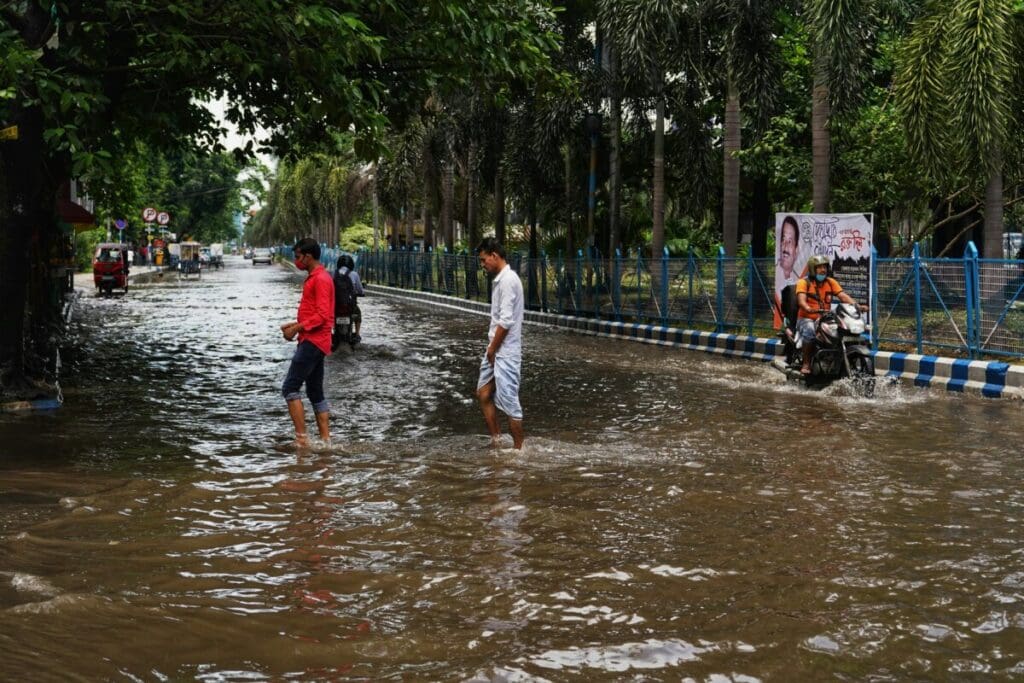
This flood is not only nature’s doing, it is the result of neglect. Clogged waterways, failed projects, and weak planning have all added to the suffering. Filipinos should not have to rely on viral posts to know which roads are safe. We should not depend on memes and hashtags to demand what the government should already provide: safety, preparedness, and accountability. Reliable signal and strong online engagement must support government action, not replace it.
The flood of August 18 was a test of resilience. The people showed strength through connection, engagement, and solidarity. Now, the government must match that strength with accountability. Because without it, leadership is as dangerous as flood without warning.

